Of course, it's also being stolen. Since its release, Patched has been heralded as the most stolen book in New Zealand. While it was a finalist for best nonfiction book and won People's Choice at the New Zealand book awards, I have never won any award whatsoever for it being the most flogged. Still, I'd like to acknowledge all those crooks who have such terrific taste in reading material.
Here's an excerpt from chapter three describing the rise of the Mongrel Mob. I hope you enjoy it; but the story on page 41 may not be great for those with a delicate stomach. (I note the excerpt isn't visible on some phones - sorry about that).
If the viewer below doesn't work, you can download a PDF of the excerpt here.
And if you want to buy it pop down to a bookstore or here's an online option, but you can also borrow it from your local library, of course.
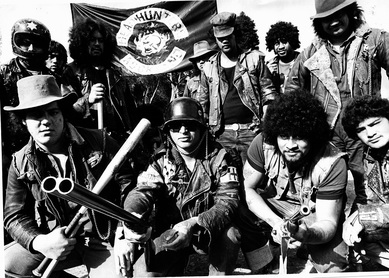
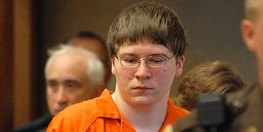
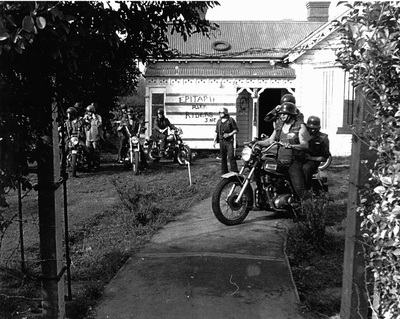
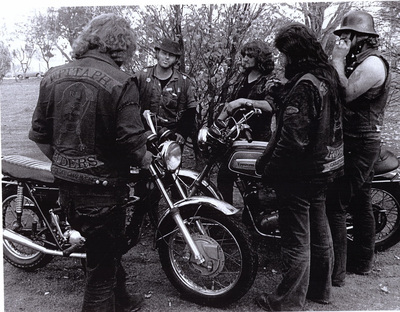
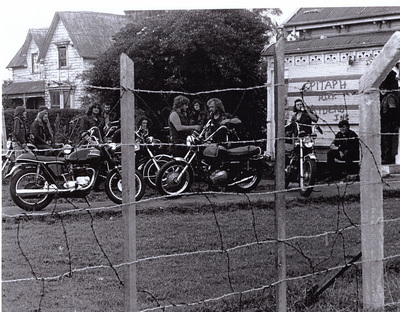
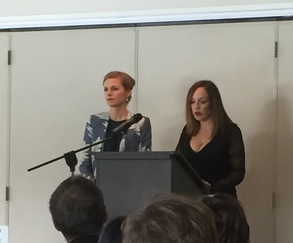

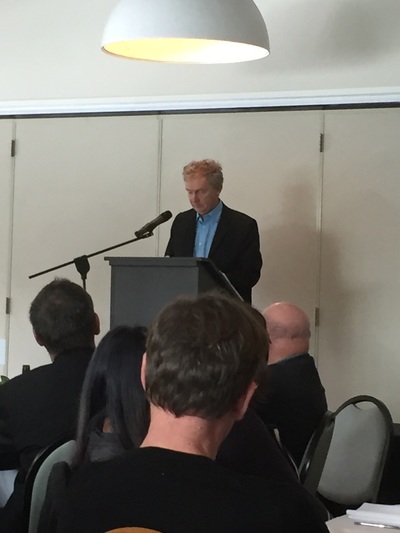
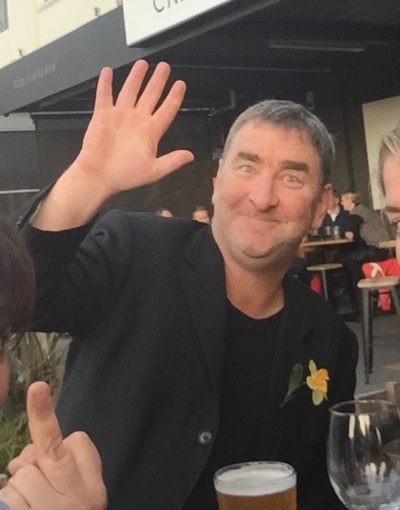
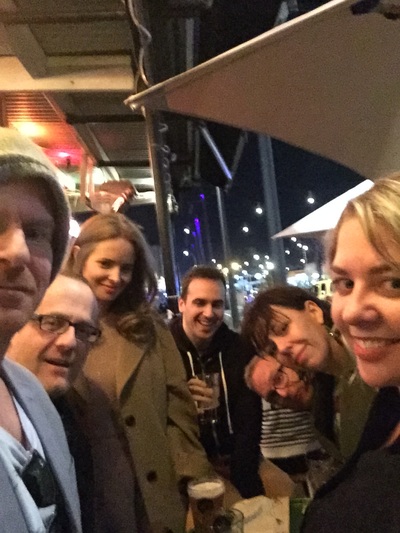
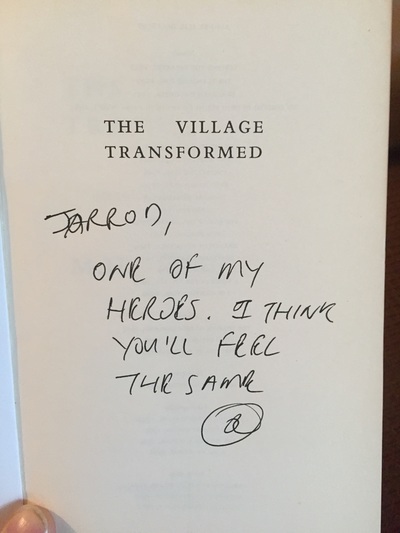



 RSS Feed
RSS Feed